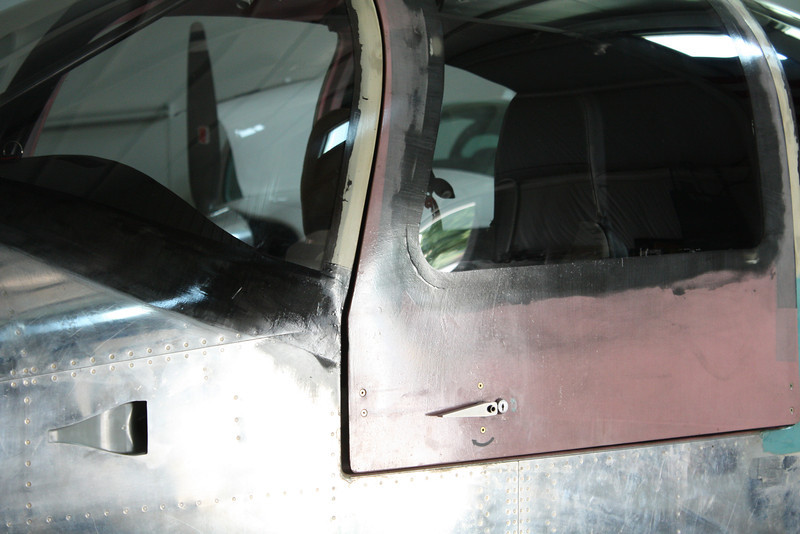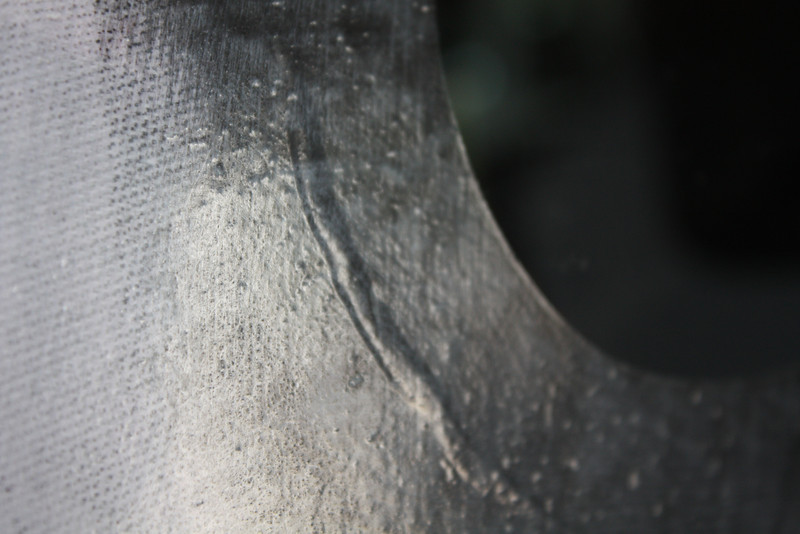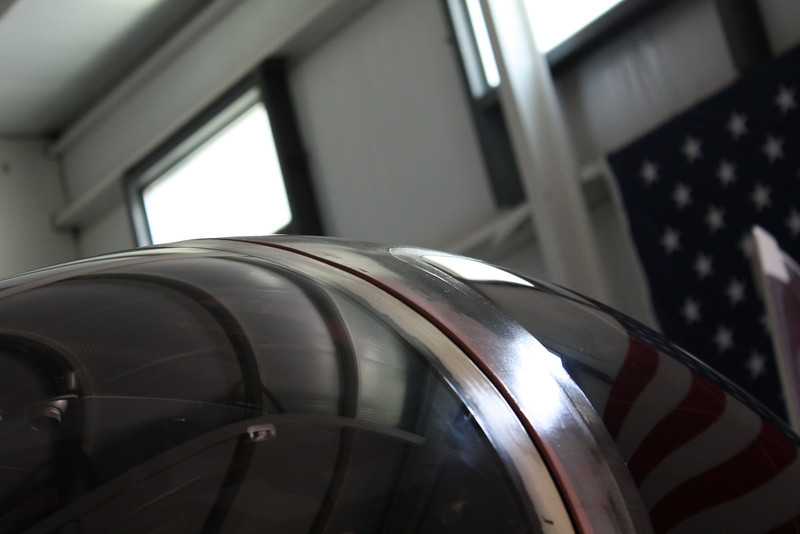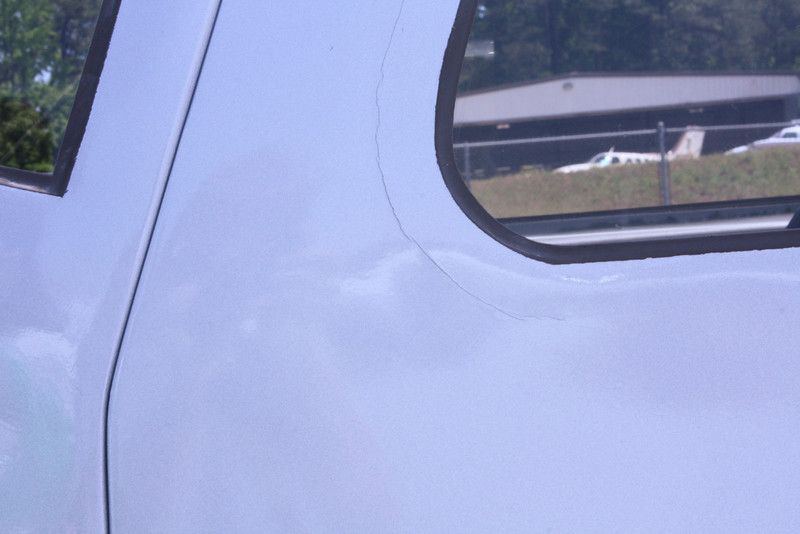Brandi
Well Known Member
On our -10 we have one door window installed with Weld-On and all other windows installed with Lord adhesive. We've noticed a few areas around the weld-on window where the surface is raised at the window gap. (the Lord adhesive windows are all fine) This gap was sanded real well before I applied the filler (no glass) and was smooth at first flight. I have some speculation that it was caused by a quick change from hot temps on the ground to pretty cool temps at altitude.











